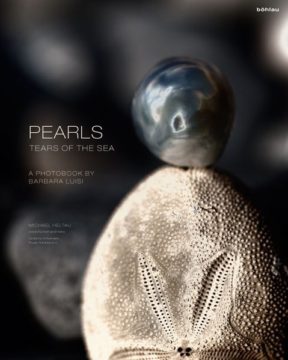Technically speaking, Pearl diving proved a demanding photography project for me. I have been an amateur diver for many years, so I knew I would be entering an alien world and would have to adapt my way of working accordingly. But during these dives Susanna, the professional diver accompanying me, frequently had to get me to the surface earlier than usual, since my consumption of compressed air increased considerably when taking photos and I, carried away by my work, became less careful in monitoring myself. We spent many days down in the coral deeps: our air consumption was higher owing to the depth, and thus, for technical reasons, we were not able to dive for so long. Our dives generally lasted between 40 and 70 minutes.
For the most part we worked with natural light, rarely resorting to using the spotlights we had brought with us. Using only available light, the increased density of the water presented a seemingly insurmountable problem at times, with bits of plankton floating around to make things even more difficult. When photographing in such situations you have no firm foundation and have to take shots floating. This only works if you are in perfect assetto, when your own body floats on the spot, precisely balancing the up and down movement of the water. To achieve this you have to either pump air into the dry suit and its outer pockets, or release air, as appropriate. And of course, steady breathing is a must when diving. Of course I didn’t want any air bubbles to get into my shots. and I needed an extremely steady hand to operate the camera on a wide aperture in the watery twilight. But how do you manage all that while floating and breathing?
I am still haunted by one particular dive during which a squid, who didn’t like the proximity of one of our pearls, disappeared in a cloud of ink – taking the pearl with it!
- Veröffentlicht am Mittwoch 24. August 2011 von Böhlau Wien
- ISBN: 9783205787419
- 119 Seiten
- Genre: Film, Fotografie, Hardcover, Kunst, Softcover, TV, Video
